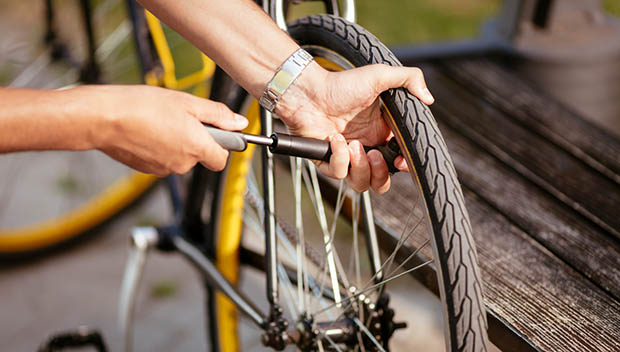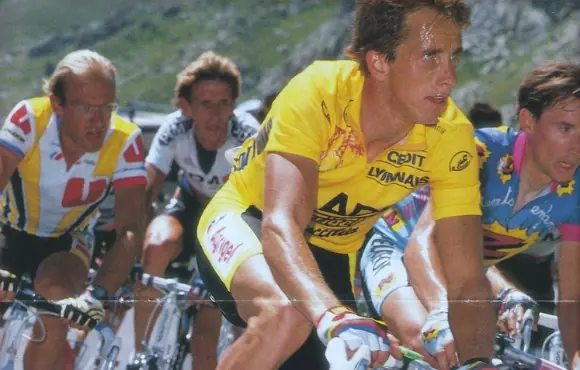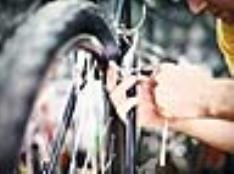
Just like your brakes, bar tape and chain, the tires on your road bike won't last forever. It's just part of doing business, and the more you ride, the more often you'll wear through the rubber compound or damage the tire by riding over glass or debris on the road.
The latter is pretty straightforward—if there's a hole or cut in your tire, it's time to replace it—but what are some other signs your road bike tires need to be switched out?
Before we get into how to tell, first a word of precaution: If you think it's time for new tires, it probably is. Double check your tires before every ride, and don't try to stretch the lifespan. Riding on a questionable tire not only puts your wheelset at risk for damage after a flat, but it can be dangerous if a tire fails while riding in traffic or flying downhill.
From worn tread to "I shouldn't have this many flats," here are our six easy tips for telling when you need to replace your road bike tires.
Cracks
You may have ridden to the store and back on your dusty old cruiser with cracked sidewalls just fine, but pairing cracks and over 80 PSI of air pressure isn't a good combination. If you see cracks on your tires from old age or being exposed to the elements, it's time to replace. This might also be an indicator your bike needs additional TLC like new brake pads and chain lube.
Cuts
As we mentioned above, if you have a cut or hole in your tire (no matter how successfully you've booted it with a gel or dollar bill), it's time to replace. Simple as that.
Flats, Flats and More Flats
It's always a good idea to double check your tires for staples, glass or debris after getting a puncture and before installing a new tube and riding away. If you can't find the culprit and you've sacrificed several tubes to the bike gods, it's probably a good idea to start fresh with a new set of tires.
Bald Tread
This one can be a bit tricky since a road bike tire has tread with shallow grooves. Take a close look at the surface of your tire and make sure there's still a pattern visible (if you're riding slicks, this doesn't apply). If it looks excessively worn, especially if you can see the casing, it's time to replace.
Note that depending on the brand of your tire, you might have a wear indicator that will slowly start to wear away over the life of the tire. Once you can no longer see it (it might be a different color or small groove), it's time to replace.
Defects
Always check your tires for any defects or inconsistencies, whether it's an issue from the manufacturer or an issue from use. Most road bike tires come folded in the packaging, and issues can present themselves if left folded for excessively long periods of time. Also, riding on the hot pavement can cause the rubber to soften and potentially fail under high PSI.
There's a Ridge
A "healthy" tire should essentially look like a round scoop of ice cream (tire) sitting on a cone (rim). Since the middle of the tire is in contact with the ground the most (especially on a trainer), you'll start to wear this rubber away, creating a flat ridge along the center of the tire. As this squared off part gets more extreme, your bike will start to handle differently, and you'll be more susceptible to flats. Usually the back tire is the first to need replacing, as this is where the most friction occurs while riding.
Side note: When replacing your tires and tubes, don't just throw them away. Take them to your bike shop or local tire store for recycling, where the rubber can be reused for other applications.
READ THIS NEXT: Everything You Need to Know About Bike Wheels and Tires









Discuss This Article